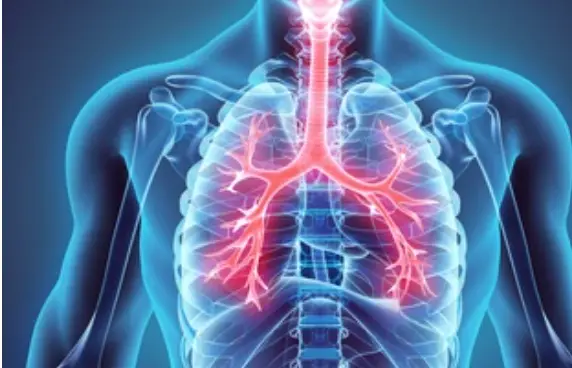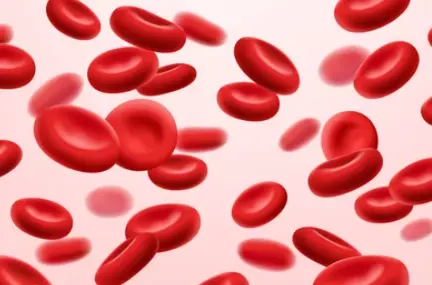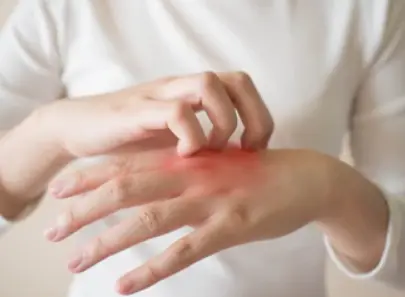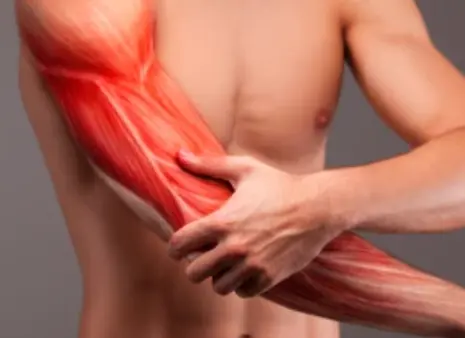 Welcome
Welcome
“May all be happy, may all be healed, may all be at peace and may no one ever suffer."
Deep tissue Candida infections - Generics
Candida is a type of yeast that is naturally present in the human body, but when it overgrows, it can lead to infections, including deep tissue infections. Deep tissue Candida infections can occur in various parts of the body, such as the bloodstream, bones, and organs. Here is an overview of deep tissue Candida infections, their symptoms, causes, and treatments.
Symptoms of Deep Tissue Candida Infections:
The symptoms of deep tissue Candida infections can vary depending on the location and severity of the infection. Some common symptoms include:
- Fever and chills
- Pain or tenderness in the affected area
- Swelling or redness
- Drainage or discharge
- Fatigue or weakness
- Nausea or vomiting
- Shortness of breath
If you are experiencing these symptoms, it is important to seek medical attention immediately.
Causes of Deep Tissue Candida Infections:
Deep tissue Candida infections can occur when the yeast overgrows and penetrates into the deeper tissues of the body. Some factors that can contribute to Candida overgrowth include:
- Weakened immune system, such as in people with HIV/AIDS or cancer
- Prolonged use of antibiotics, which can disrupt the balance of bacteria and yeast in the body
- Diabetes or other conditions that affect blood sugar levels
- Long-term use of catheters or other medical devices
- Poor hygiene or sanitation practices
- Chronic use of corticosteroids or other immunosuppressive medications
Treatment for Deep Tissue Candida Infections:
The treatment for deep tissue Candida infections typically involves antifungal medication. The specific medication and length of treatment depend on the location and severity of the infection. Some common antifungal medications include fluconazole, voriconazole, and caspofungin. In some cases, surgery may be necessary to remove infected tissue or to drain abscesses.
Prevention of Deep Tissue Candida Infections:
Prevention of deep tissue Candida infections involves maintaining good hygiene and sanitation practices, particularly in healthcare settings. It is also important to treat any underlying conditions that can contribute to Candida overgrowth, such as diabetes or immune system disorders. Finally, avoiding prolonged use of antibiotics and minimizing the use of medical devices can also help prevent deep tissue Candida infections.
In conclusion, deep tissue Candida infections are a serious medical condition that require prompt treatment. Symptoms can vary depending on the location and severity of the infection, and treatment typically involves antifungal medication. Prevention involves good hygiene and sanitation practices, treating underlying conditions, and minimizing the use of medical devices.

Bad breath

Acute otitis media

Thromboembolic disorders

Endometriosis

Postoperative infections

Non-tubercular mycobacter...

Chorea

Wheezing
Deep tissue Candida infections, গভীর টিস্যু ক্যান্ডিডা সংক্রমণ
To be happy, beautiful, healthy, wealthy, hale and long-lived stay with DM3S.